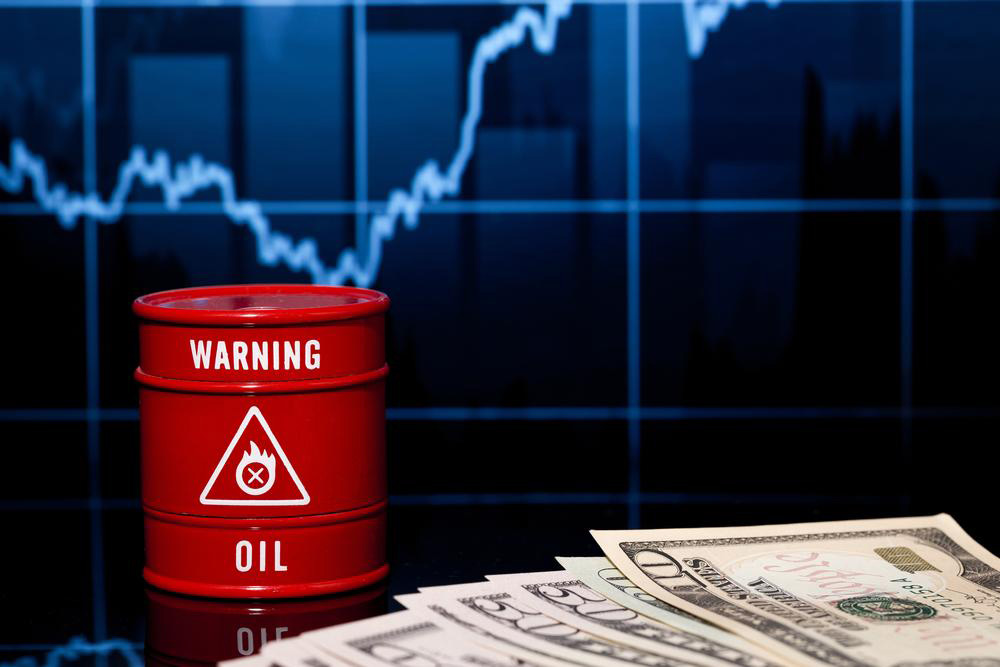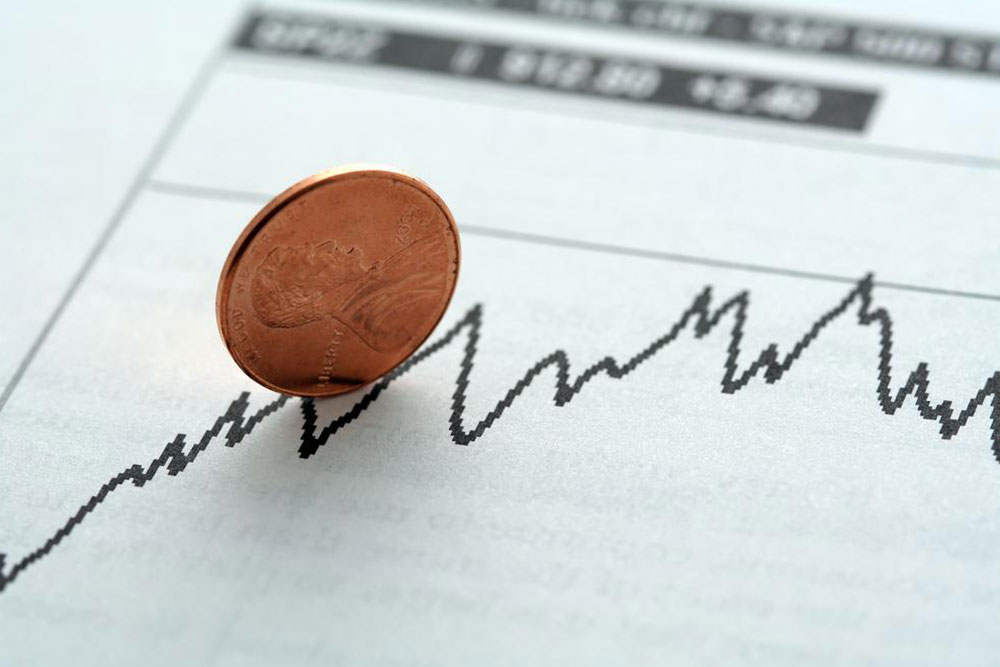Comprehensive Guide to Crude Oil Futures Trading
This article offers a detailed overview of crude oil futures, including key reports, contract details, market factors, and price influences. It explains the fundamentals of crude oil trading, emphasizing the impact of global events, currency, and economic conditions. Aimed at traders and investors, it provides essential insights into the volatile nature of crude oil markets and how futures trading can be leveraged for profit, with a clear understanding of market drivers and risks.

Crude oil remains one of the most widely recognized fossil fuels globally. This unrefined form of petroleum fuels myriad products such as gasoline, diesel, and heating oils. As a highly traded commodity, crude oil attracts investors worldwide, with daily price fluctuations driven by news, geopolitical events, and supply-demand dynamics. Understanding crude oil futures is essential for traders wanting to capitalize on these movements. Here's an overview of key aspects of crude oil futures:
Important Reports
The EIA weekly report on Energy Stocks is the primary publication influencing crude oil markets, typically issued every Wednesday at 10:30 PM EST.
Contract Specifications
Traded on NYMEX under the ticker CL, crude oil futures typically represent 1,000 barrels per contract.
Fundamentals of Crude Oil
Crude oil serves as the raw input for producing various fuels and chemicals. It generally requires three barrels to produce one barrel of heating oil and two barrels for unleaded gasoline. The most actively traded grades include Light Sweet Crude (NYMEX) and Brent Crude (London). Major producers include the US, Saudi Arabia, and Russia.
Market Dynamics and Price Influences
The crude oil market is highly volatile, with prices impacted primarily by supply and demand. Political tensions, economic data releases, and supply constraints can cause rapid price swings. A key factor in price movement is the US dollar; a weaker dollar often boosts oil prices, while a stronger dollar exerts downward pressure. Additionally, stock market health influences oil prices, with rising markets supporting higher prices and vice versa. When oil prices approach $100 per barrel, market anxiety tends to increase. Most crude futures tend to trend, with directional bias towards gains or declines.
Disclaimer:
Our blog offers diverse content meant to provide insights and information. While our research aims to be accurate, readers should view these articles as informational rather than definitive advice. We do not take responsibility for discrepancies or inaccuracies and recognize that some promotional schemes or offers may not be covered here.








